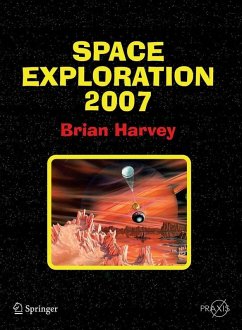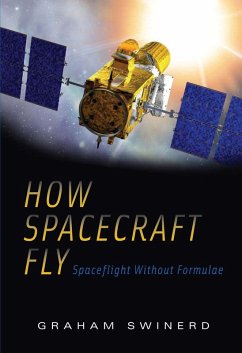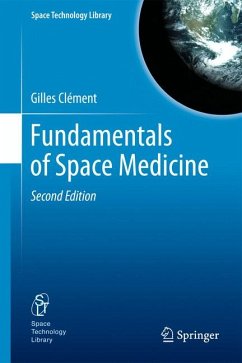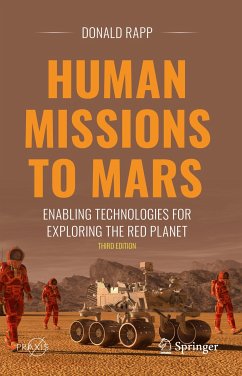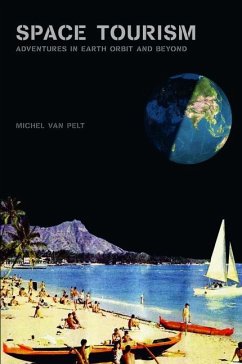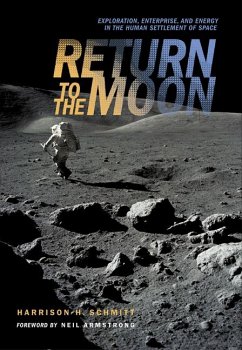
Living Off the Land in Space (eBook, PDF)
Green Roads to the Cosmos
Versandkostenfrei!
Sofort per Download lieferbar
17,95 €
inkl. MwSt.
Weitere Ausgaben:

PAYBACK Punkte
9 °P sammeln!
Since our early ancestors began to move out of Africa, humans have constantly expanded their range. Human civilization has evolved to the point at which we can consider tapping space resources and expanding beyond Earth's atmosphere. This book presents a visionary concept for future development of space travel. It describes the enabling technology for future propulsion concepts and demonstrates how mankind will 'live off the land in space' in migration from Earth. For the next few millennia at least (barring breakthroughs), the human frontier will include the solar system and the nearest stars...
Since our early ancestors began to move out of Africa, humans have constantly expanded their range. Human civilization has evolved to the point at which we can consider tapping space resources and expanding beyond Earth's atmosphere. This book presents a visionary concept for future development of space travel. It describes the enabling technology for future propulsion concepts and demonstrates how mankind will 'live off the land in space' in migration from Earth. For the next few millennia at least (barring breakthroughs), the human frontier will include the solar system and the nearest stars. Will it be better to settle the Moon, Mars, or a nearby asteroid and what environments can we expect to find in the vicinity of nearby stars? These are questions that need to be answered if mankind is to migrate into space.
Dieser Download kann aus rechtlichen Gründen nur mit Rechnungsadresse in A, B, BG, CY, CZ, D, DK, EW, E, FIN, F, GR, HR, H, IRL, I, LT, L, LR, M, NL, PL, P, R, S, SLO, SK ausgeliefert werden.




